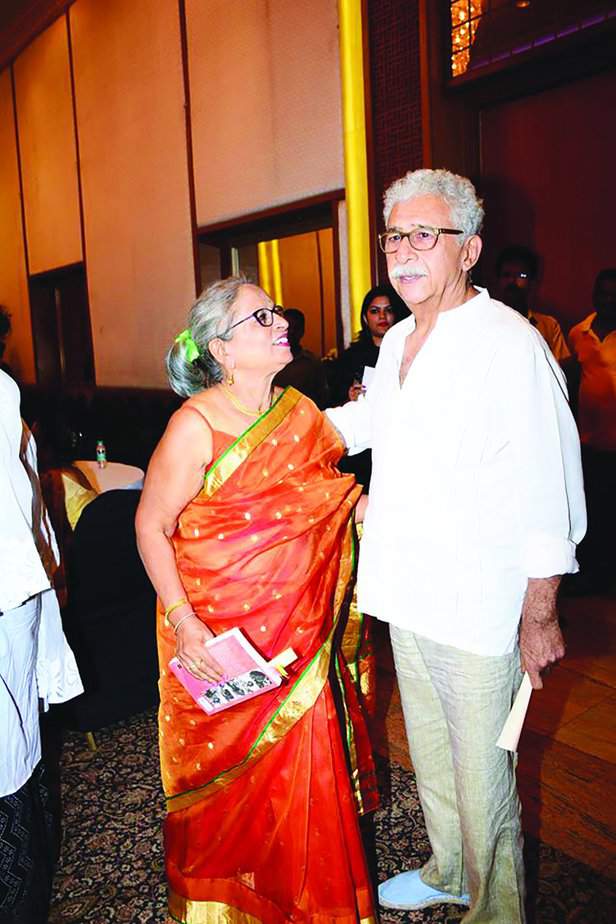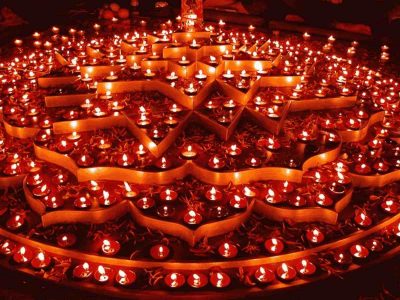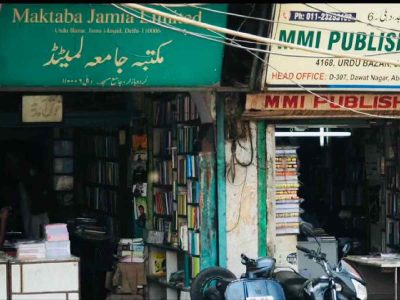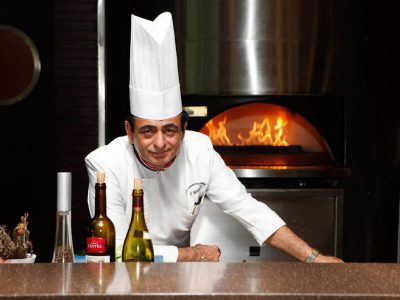After making bold films with a strongly feminist theme, Aruna Raje has penned her own life story, full of rich material that could inspire a film
Aruna Raje Patil started her career as one of the first woman technicians in the Hindi film industryand went on to become a famous film-maker. She started out making advertising films for Nerolac Paints and Tata companies and went on to win many awards for her feature films, the highest being the Padma Shri from the President of India. Her critically acclaimed feature films include Shaque, Rihaee, Gehrayee, Situm and Bhairavi, all of which have strongwoman-centric themes.
Her autobiography “Freedom: My Story” took her six months to write. Having scripted so many films, she says it was not difficult, at 70 years of age, to write her own real-life incidents and experiences in the form of a book. It is an interesting life, for she has been a writer, director and technician and gone through hardship and challenging situations around her marriage and divorce. She lost her daughter to cancer. She has been a trainer and healer.
Raje writes frankly about the “turning point in her life: ”We fell in love and got married, had two beautiful children, a daughter and a son. I could not ask more from God. Life was wonderful till that time. But after my daughter died due to bone cancer, the next morning myhusband asked for a divorce.” He had fallen in love with her own friend. “I wanted to end my life but my friends came and helped me,” she recalled at the Delhi launch.
“I called my ex-husband and girlfriend, told them I don’t want to blame you for what happened to me but I am in charge of my own life and want my freedom.”
She was daring by the standards of those days both in real and reel life. When she was going to Kamathipura, Mumbai’s red light area, to do research for her film, she was advised not to go alone, but went nevertheless. In one of her films, she showed a woman flushing a toilet, an issue which incurred the wrath of Parliament. She recalls one incident when her actors were not coming on time during her film shoots. Finally, she told them to pack and decided to put off the shoot. The next day, they all came in time.
There were highs and lows. During the shooting of “Rehai,” Raje had no money and was struggling alone and unknown. A friend gave her Rs 30,000.Afterwards, she got a loan from National Film Development Corporation (NFDC) for Rs 10 lakh and got big film stars for her movie. She hopes that readers will find inspiration in such incidents.

With Rihaee (1988), her fourth film, she rediscovered herself and her own creative expression. She was surprised when
both Hema Malini and Vinod Khanna agreed to sign the film. That movie set her on a journey that continues to this day. It is the chronicle of a radical thinker and film-maker in a male-dominated world, her struggles and inspiration. No wonder, the autobiography is the story of one immensely inspiring life.
She writes that there was a time when she used to be very simple and did not understand man-woman relationships. In the Pune Film Institute (FTII) she met Vikas Desai while doing a film course, “We both had the same interest in film-making. For me, film was a powerful medium to express himself,” she says, recalling that for years the couple was on the same wavelength.
Her two favourite films directors are late Guru Dutt and Bimal Roy, both extra-ordinary storytellers. They knew the pulse of the audience. Their films and music along with melodious songs were rich and enjoyed by millions of their fans. Film-making was a passion for them.
Raje was always a voracious reader. When she was at FTII learning film direction and screenplay writing, there was one other girl there at the time, Jaya Bhaduri, who was learning acting, and whom she remembers as “naughty”. She remembers boys wanting to sit next to her in class, joining her when she was cycling and insisting girls show them stills in the dark room. But she did not let anyone take advantage, and her future husband was just a good friend.
Another famous fellow student was Shatrughan Sinha, who was in final year. He used to perform in the FTII canteen, using dialogues from Devdas, especially “Kaun kambhakhat peeta hai…” with a glass of cutting chai. They enjoyed film appreciation classes by Saish Bahadur, he passed on to them his passionate love for Satyajit Ray and Ritwick Ghatak. Mrinal Sen and Subroto Mitra also inspired the students.





